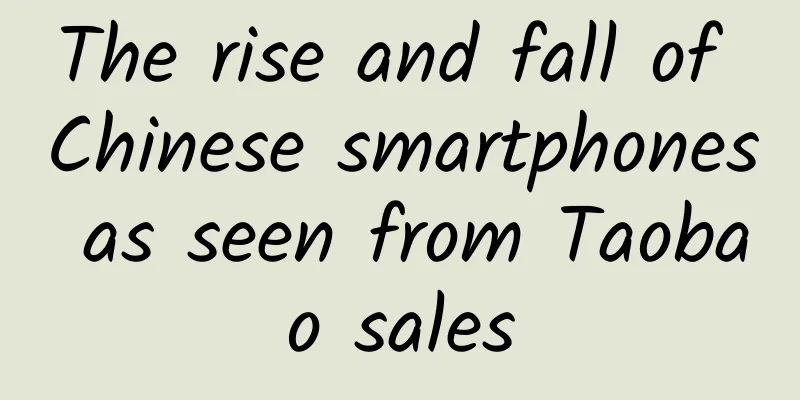The giant virus "hiding" in the ice is actually the "savior" to slow down the rise of sea levels?

|
Author: Duan Yuechu and Huang Xianghong According to Science Exploration magazine on June 26, 2024: Scientists recently made a surprising discovery: giant viruses infect algal blooms scattered on the Greenland ice sheet. The discovery was led by Laura Perini, a researcher at Aarhus University in Denmark, and her team. Several areas of Greenland are covered in black algae, which absorbs sunlight and accelerates the melting of the ice sheet, which is the largest contributor to global sea level rise. Genetic analysis of samples taken from the ice sheet revealed viral genes hidden within algal cells, suggesting the virus may have infected the algal population for hundreds of years. Ilulissat Glacier in Greenland (copyright image from the gallery, reprinting may cause copyright disputes) Frederik Schulz, a microbiologist at Lawrence Berkeley National Laboratory, noted that these pathogens are likely to kill algal cells and stunt their growth. Although the Perini team's paper did not investigate this, in some well-studied examples of marine algal blooms, giant viruses have played a role in ending algae blooms. If these viruses can control the number of algae on the Greenland ice sheet, it may mean that they are slowing down global sea level rise driven by climate. Marco Tedesco, a glaciologist at Columbia University, praised the new paper, praising the DNA work as "amazing," but also noted that it's unclear what this means for Greenland's future melt rates, because scientists don't yet know the exact extent of the melting of ice algae, and there are many other factors that could affect Greenland's ice sheet's response to warming. In the context of global climate change, the melting rate of the Greenland Ice Sheet has always been the focus of scientists. This huge ice sheet is not only the second largest ice body on Earth, but also the main driver of global sea level rise. However, a new study finds that a type of giant virus lurking in the ice may be joining the fight against climate change in an unexpected way — they may be slowing the melting of the ice caps. In a study led by Laura Perini of Aarhus University in Denmark and published in the prestigious journal Nature, scientists have revealed for the first time the relationship between giant viruses and algae on the Greenland ice sheet, and how this relationship could affect global sea level changes. The algae on the Greenland ice sheet are a special group of organisms whose growth can darken the snow surface, thereby absorbing more solar radiation and accelerating the melting of the ice. This phenomenon is called the "colored snow" effect and has become an important topic in climate change research. However, Perini and her team found that these algae are not growing unrestrained, they are actually infected and controlled by a giant virus. Through genetic analysis of ice sheet samples, researchers have discovered a virus that can infect algae. These viruses not only exist inside algae cells, but also seem to have coexisted with these algae for hundreds of years. Studies have shown that these viruses can kill algae cells, thereby limiting the growth and spread of algae. This means that giant viruses may inadvertently become a key factor in slowing down the melting of ice sheets. Although the theory has not yet been fully confirmed, scientists have begun to explore the potential role of the virus in controlling algae growth. If the viruses are indeed effective in suppressing algae growth, they could become a new weapon in the fight against climate change. However, scientists also caution that algae play other important roles in the ecosystem, such as carbon storage, so more in-depth research is needed before any intervention measures are taken. Marco Tedesco, a glaciologist at Columbia University, praised the study, saying it was a landmark work that provided a new perspective on the factors controlling algal growth. However, he also pointed out that the full picture of the impact of algae on ice sheet melting remains vague and requires more interdisciplinary research to fully evaluate it. The findings of this study not only provide new clues for our understanding of climate change, but also open up new possibilities for future climate intervention strategies. As the Earth continues to warm, the future fate of the Greenland Ice Sheet remains uncertain, but, as Perini said, understanding how these microorganisms survive and interact in extreme environments is crucial for us to meet the challenges of global climate change. Conclusion: On this remote and cold ice sheet, the power of life and the power of nature are intertwined, weaving together the future of the Earth. The discovery of giant viruses not only reveals the tenacious survival of life in extreme environments, but also provides new ideas for humans to fight climate change. With the deepening of research, perhaps one day we will be able to make better use of these tiny organisms and contribute to the protection of our blue planet. |
>>: Unbelievable! "Einstein's Brain" sold online for over 70,000. Who is buying it?
Recommend
Teach you how to quickly get 99 points in event planning
Writing event strategy plans is the basic skill o...
How to create explosive video materials at 0 cost?
Tik Tok, all it lacks is some video material for ...
The irresistible "bloody romance"
In early 1799, Jiaqing finally breathed a sigh of...
Is there anything worth looking forward to about Apple TV, which has not been abandoned by Apple?
There are less than ten days left before the much...
WeChat big update: PC version automatically logs in without mobile phone confirmation and can turn off personalized ads
[[432256]] A few days ago, WeChat launched an upd...
Xianyu platform operates new projects, with a starting profit of 100+ per transaction
Xianyu platform operates new projects, with a sin...
OLED dark room tear LCD TV: black beats the color of the real youren
The TV industry, which is used to being calm, has...
A busy city is also a paradise? A forest city that Tao Yuanming could never have imagined!
Let the forest enter the city, and let the city e...
5 signs that you may have sarcopenia! Be sure to do these two things!
Whether you are at work or at home recently In fa...
Useful information丨7 pictures to help you master landing page optimization skills
What is a landing page ? What are the guidelines?...
The development process of Foshan WeChat Mini Program. How to develop WeChat Mini Program?
WeChat Mini Programs are favored by many companie...
“Seedless” grapes are actually produced by drugs? Can we eat them safely?
As a common fruit available in all seasons, grape...
What is the principle of Amazon's mobile phone 3D visual interface?
This feature, called "Dynamic Perspective&quo...
20 rules for short video ads to go viral!
Brand advertisers want to achieve results, and pe...
Yongan SEO Training: Chongqing SEO: Use long-tail keywords to optimize and traffic will come easily
For SEOers, when promoting a website, in addition...









